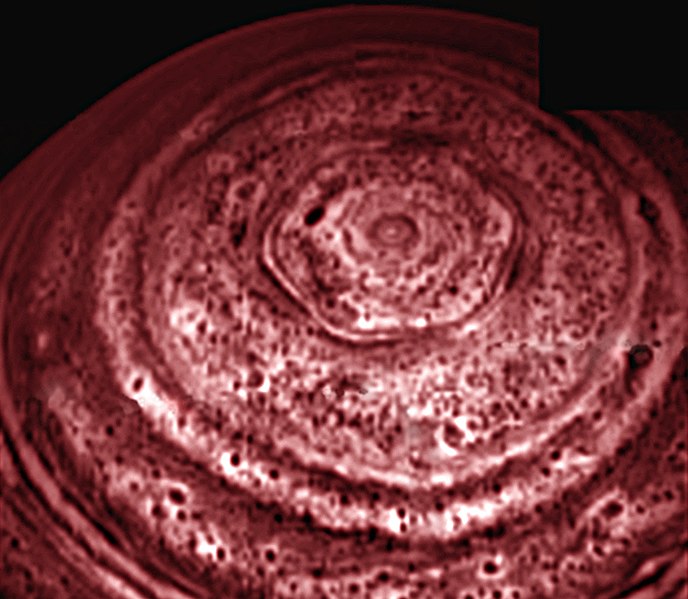silylene":2fgnbolh said:
Interestingly, in 1985 I published a paper on the mechanism of film striations in spin coating silicon wafers.......
This is very exciting, and I am betting that thermally driven Marangoni-Benard cell convection on a massive scale will be the explanation of the phenomena after the research is complete.
I am posting a diagram I found on the web about Marangoni cell formation in crystallizing a rotating melt. [/i]
Methinks that jim48 isn't our
only honest-to-god, bona fide trained scientist as he likes to advertise. It must have been SO cool to realize what you were seeing on Saturn via your own published work. Awesome. Just awesome.
****edited for new content*****
I had to do it. It's 80 some degrees here and I have the AC running, but I HAD to make half a pot of coffee. So I could pour Half and Half in it and watch the magic, of course. Needless to say, my wife happened into the kitchen and gave me a strange look as I stared into the Abyss that is my FOX Ohio Valley (TV Station) coffee mug.
I knew what she was thinking, but she didn't say a word. I just looked up and said...
"It's Science, Honey!" After 12 years of marriage, she's used to my little idiosyncrasies, She just nodded, smiled, and went back to her computer room.
My findings, you ask? Oh.... Yes. As the convective currents brought the cream back to the top, a general swirling motion started, but more interestingly, while I didn't see anything as close to a hexagon in that Saturn image, I saw some rough approximations.
More interesting than that though was that the cream came up in, it's hard to describe. Imagine looking at, say a bundle of unsharpened pencils from the top. The cream created "cells" for the better lack of a term at the surface. It looked for all the world like close-up images of the sun's surface. Fascinating.






